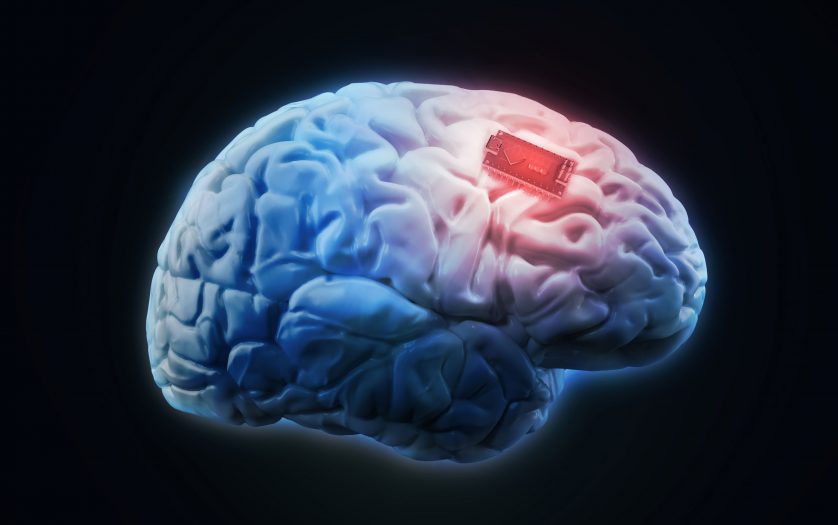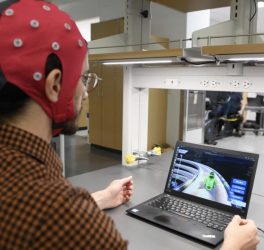
Implanting a device into the brain to generate a rough perception of sight for people with vision disabilities may sound like the stuff of science fiction, but researchers from The University of Texas at Dallas and partner institutions aim to make that vision a reality.
The project involves implanting devices containing small electrodes into the occipital cortex, a part of the brain that processes visual information.
The device will receive signals based on images from a camera that the user wears on a headband. The signals command the implanted devices to electrically stimulate neurons to produce an apparent visual perception of tiny white spots called phosphenes.
Researchers hope these white spots can form images that can help people with blindness better recognize objects and navigate their surroundings.
The study will provide the first opportunity for researchers to learn whether and how well the intracortical visual prosthesis works for people with blindness.
During the clinical trial, Cogan and his team will monitor the safety of the electrical stimulation. The UT Dallas researchers will collect, analyze, and track data from the electrodes. Each device has up to 16 tiny conductors, each one smaller in diameter than a human hair.
“The user will have the perception of patterns made up of spots of light or phosphenes. Users are expected to be able to identify light and dark areas of a scene. There is a reasonable expectation that the visual prosthesis will aid in navigating spaces by identifying edges of walls, openings such as doors and windows, and maybe motion.” said Dr. Stuart Cogan, professor of bioengineering in the Erik Jonsson School of Engineering and Computer Science
“Our role at UT Dallas is to study the response of the electrodes,” Cogan said. “Our job will be to examine the electrochemistry of the electrodes and make judgments about the levels of electrical current stimulus we can deliver without harmful effects.”
Clinical trial participants will work with researchers to determine how well the electrical stimulation produces phosphenes and whether they can use them to interpret their surroundings.
“Clinical trial participant doesn’t adequately describe their role. They will truly be colleagues.” said Cogan.
The first participant is expected to receive an implant in March, with surgery at Rush University Medical Center in Chicago.
Graduate students in the Jonsson School will assist Cogan on the project.








